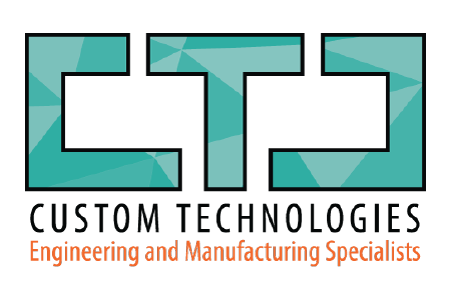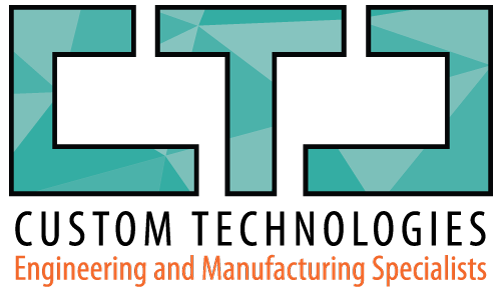There are several iconic moments throughout the film 2001: A Space Odyssey, but one specifically leads back to manufacturing – an ape first learning how to use a tool. Think about how much this discovery, no matter how it actually occurred, has impacted the way humans use tools today. We even started to produce them in bulk after a while so that everyone could have the opportunity to use one. This is why the design of a viable product is crucial, especially in the prototyping phase. If it’s not ready to manufacture and sell from the start, then there can be a lot of redesign and rework necessary.
An Early Assumption
Coming up with an idea and designing a product may not seem like too difficult of a task for some. They tend to make the assumption, however, that their product will be manufactured without any changes throughout the entire process. That’s risky, because when they draw a prototype as a solid model and even successfully 3D print one, they will often later find significant manufacturing hurdles from this stage onward.
The Importance of Designing for Manufacturability
If you design a product for 3D printing without considering whether that design can later be successfully manufactured in higher volumes, it will be very costly. This type of planning can result in time wasted due to hours spent redesigning. It can also result in wasted money when you decide to pay a manufacturing engineer to tell you why your early-stage prototype isn’t realistic. Objects that can be 3D printed sometimes just cannot be produced easily using standard manufacturing methods. Unless you are ready to pay the high-premium cost of 3D printing for your production-volume orders, you need to design for manufacturability first.
How to Design for Manufacturability
When you reach the design stage for a prototype, it’s important to note what requirements are necessary for manufacturing, including material choices and strength specifications. From here, you can then start to determine how everything will be produced to make it technically correct yet cost effective. Choices include molding, 3D printing, or machining – and there are many others, too. There’s a high possibility that one option works incredibly well for creating a single prototype but would take far too long for mass production. Unless you plan properly from the start, you may find yourself revising your original design so that it’s manufacturable.
Partner with Custom Technologies
Start off on the right foot by choosing a manufacturing partner in Custom Technologies. Too often, design firms focus on creating a snazzy product that looks great on paper, but they’ll leave you hanging when you hit the first manufacturing hurdle. In addition to creating a cost-effective and reliable product that is also consistent and scalable for manufacturing, Custom Technologies is also focused on:
- Tracking and serializing all critical components and end-products
- Establishing a supply chain
- Managing inventory planning and purchasing functions
- Outlining and implementing shipping procedures
Our objective is to effectively streamline transitions between development stages by handling everything for your business. Stop wasting time and money before it’s too late. Contact Custom Technologies or visit customtechnologies.com.


